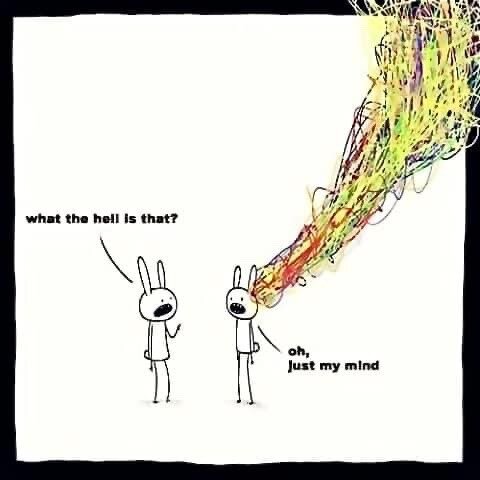This page is a permanent link to the reply below and its nested replies. See all post replies »
SomeMichGuy · M
Hmmm...the "second-guessing" game can be harsh.
If this happens, esp. around decisions (and that is often where we put in such mental efforts), you might find Ben Franklin's method helpful:
take a sheet of paper, write the question in a yes/no form (or other binary choice) at the top, draw a vertical line in the middle, and write *your* reasons FOR the question (a "yes") on the left, numbering them. Do the same for *your* reasons AGAINST the question (a "no") on the right.
At the end, when you have thought of all of *your* arguments, see which has the greater number.
Choose that.
Caveat: you have to list the same level of reason; you might have bigger concerns and lesser ones. If so, that's fine, but try to be honest with yourself about whether or not reasons are of a roughly equivalent parity, in value to *you* (whether yes or no).
This is from his Autobiography.
If this happens, esp. around decisions (and that is often where we put in such mental efforts), you might find Ben Franklin's method helpful:
take a sheet of paper, write the question in a yes/no form (or other binary choice) at the top, draw a vertical line in the middle, and write *your* reasons FOR the question (a "yes") on the left, numbering them. Do the same for *your* reasons AGAINST the question (a "no") on the right.
At the end, when you have thought of all of *your* arguments, see which has the greater number.
Choose that.
Caveat: you have to list the same level of reason; you might have bigger concerns and lesser ones. If so, that's fine, but try to be honest with yourself about whether or not reasons are of a roughly equivalent parity, in value to *you* (whether yes or no).
This is from his Autobiography.
Lilymoon · F
@SomeMichGuy interesting
SomeMichGuy · M
@Lilymoon It also gets it out of your head and onto a paper, so it helps to clarify vague "reasons", etc.
Franklin claimed that he used this as his standard algorithm for decision-making.
He was very successful in public & business life, and it wasn't ghostwritten, etc.
Franklin claimed that he used this as his standard algorithm for decision-making.
He was very successful in public & business life, and it wasn't ghostwritten, etc.





